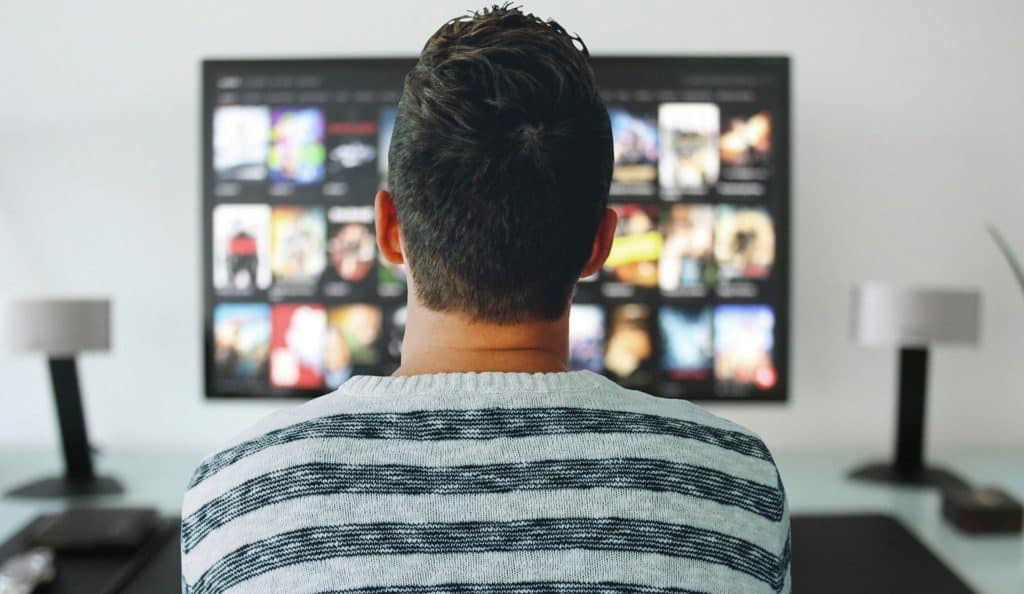The world witnessed a major paradigm shift in television technology with the advent of digital television. The cable television and terrestrial broadcasts have become the thing of the past with this digital revolution. Back in the past, the concept of cable television was quite simple and digital technology has successfully taken over the home entertainment space.

It is quite difficult to differentiate between these two and often leads to misunderstanding. Therefore, we came up with a comprehensive guide explaining all the major differences between these two. Especially when you have Cox cable packages or similar provider, it is better to understand what you have.
What is the basic difference between Cable and Digital Television?
The cable TV utilizes Radiofrequency to deliver television programs. This is a paid subscription and the signals are transmitted through coaxial cables. The same cable can be utilized for high-speed internet, telephone, and radio services.
When cable television was first introduced in the 70s, it took over the traditional broadcast television network and had the ability to offer more channels in high quality. Even today, it is the most widely used television reception medium in the world.
The cable TV uses a decoder box or the feed is directly linked to the television. The coaxial cables used have the ability to carry tremendous amounts of information.
Contrarily, if your television receives a signal in digital format, it is known as digital TV. The introduction of digital TV enabled companies to upgrade the number of channels and most importantly, the quality of sound and video.
This isn’t it. Digital TV changed the way we interact with television. It is quite easy to access and has an interactive interface, making it simple to navigate between channels. Most importantly, it enabled us to watch archived content on demand whenever needed.
Let’s compare different aspects of Cable and Digital TV.
Broadcast Quality
The digital TV signal is in the form of packets of compressed data. The data uses a combination of 1’s and 0’s, similar to what we have on computers and the internet. Because of this combination, digital signals do not face any interference and signal loss. This means that we can enjoy a consistently clear picture and high-quality audio.
Analog signals face more interferences and noise, so the audio and picture quality ends up suffering a lot. On the contrary, Digital TV is more efficient in terms of broadcast quality and requires less bandwidth.
Multicasting
Back in the past, we used to have a handful of channels. The same channel would deliver our favorite show, featured news and sports. Now, everything has changed. A standard cable offers more than 100 channels.
Moreover, the quality of signal in cable TV depends largely on the signal television receives. Digital TV receives signals in the form of bulky packets of data hence supports more channels. The channels you get through multicasting are high quality and the cheery on top being the on-demand services. Thus, Digital TV is superior to Cable in several aspects.
Consistency
Imagine you are watching Superbowl or an NBA play-off but the picture quality you get is noisy and inconsistent. This is the worst thing to ever happen and cable TV users make this complaint quite often. The reason behind this is sheer science. Cable TV suffers a lot of physical interference while transmitting data that results in inconsistent video and sound reception.
Digital TV offers superior consistency and the picture quality is crystal clear so you don’t have to face any inconvenience watching your favorite game.
Digital TV is different from HDTV
I have seen many people who think that digital TV is synonymous with HDTV. In fact, they are entirely different. HDTV does not specify the method of transmission. It is just a new display format and can be either digital or analog.
Final Verdict!
The introduction of digital TV has been a big leap of faith in the entertainment industry. Both cable and digital TVs have their fair share of differences. They have different concepts and designs. No matter which technology comes in power but idea remains the same. It should provide the best viewing experience. The shift from cable to digital has changed everything and now we get better signal transmission, sound, picture, and broadcast quality.









